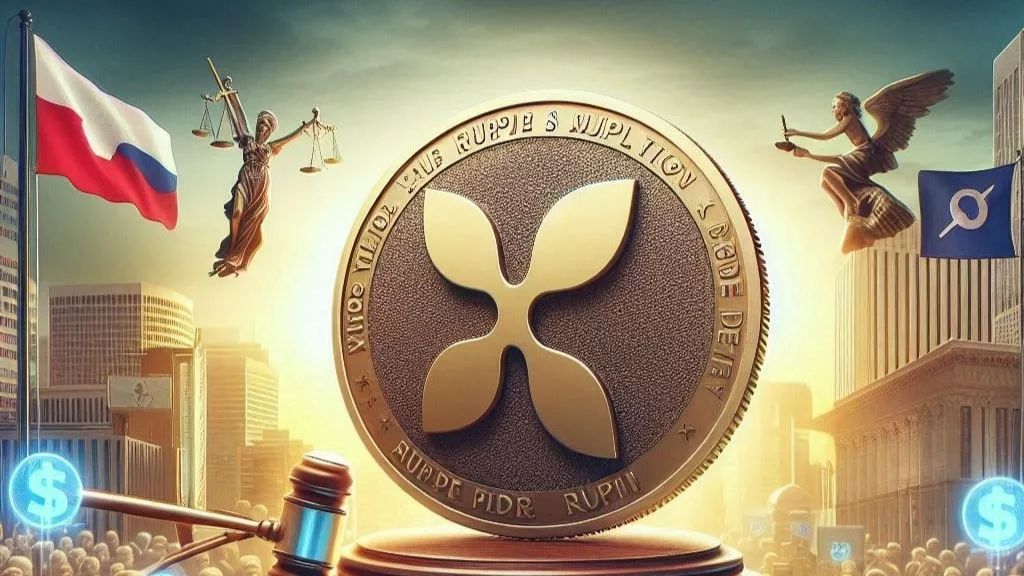
A debate has emerged within the XRP community, speculating whether Ripple might intentionally prevent XRP from regaining its all-time high of $3.84. This discussion, fueled by concerns over Ripple’s monthly XRP sales and the potential impact on retail liquidity, reflects the community’s ongoing scrutiny of Ripple’s actions and their implications for XRP’s price.
The conversation was sparked by an XRP enthusiast on social media platform X, suggesting that Ripple’s monthly sales of XRP could potentially hinder the token from reaching its previous peak. The theory posits that if XRP were to approach $3.84, long-term holders might sell their holdings en masse, potentially causing a drain on retail liquidity that Ripple could find problematic.
Proponents’ Views:
Not all community members agree with the notion that Ripple would or could prevent XRP from reaching its previous high. Data from the XRP Rich List provides insights into the distribution of XRP holdings across wallets, suggesting that retail investors’ impact on liquidity might be limited.
Key Data Points:
Counterarguments:
An important aspect of this debate is Ripple’s escrow holdings. The majority of Ripple’s XRP balance is held in escrow, limiting its immediate availability for market manipulation. Ripple’s controlled release of XRP from escrow is intended to provide transparency and predictability to the market.
Market Realities:
The speculation that Ripple might prevent XRP from reclaiming its all-time high reflects broader anxieties about market behavior and Ripple’s influence. However, the arguments against this theory suggest that Ripple’s financial interests are aligned with seeing XRP’s price increase. The decentralized nature of cryptocurrency markets further complicates the ability of any single entity to control price movements, making it unlikely that Ripple could or would act to suppress XRP’s value intentionally.

Get the latest Crypto & Blockchain News in your inbox.